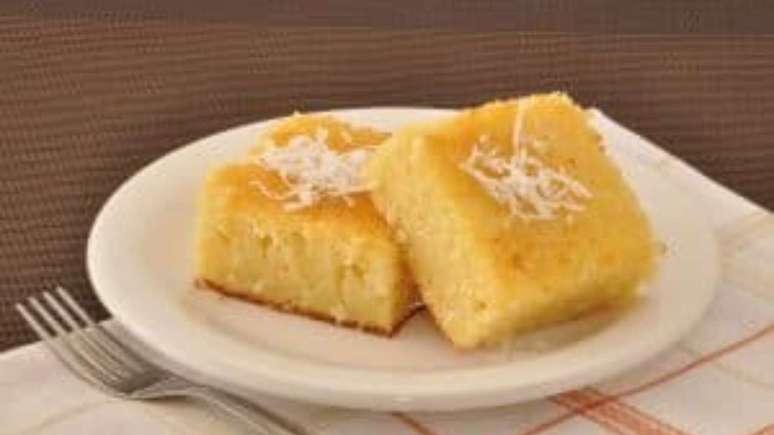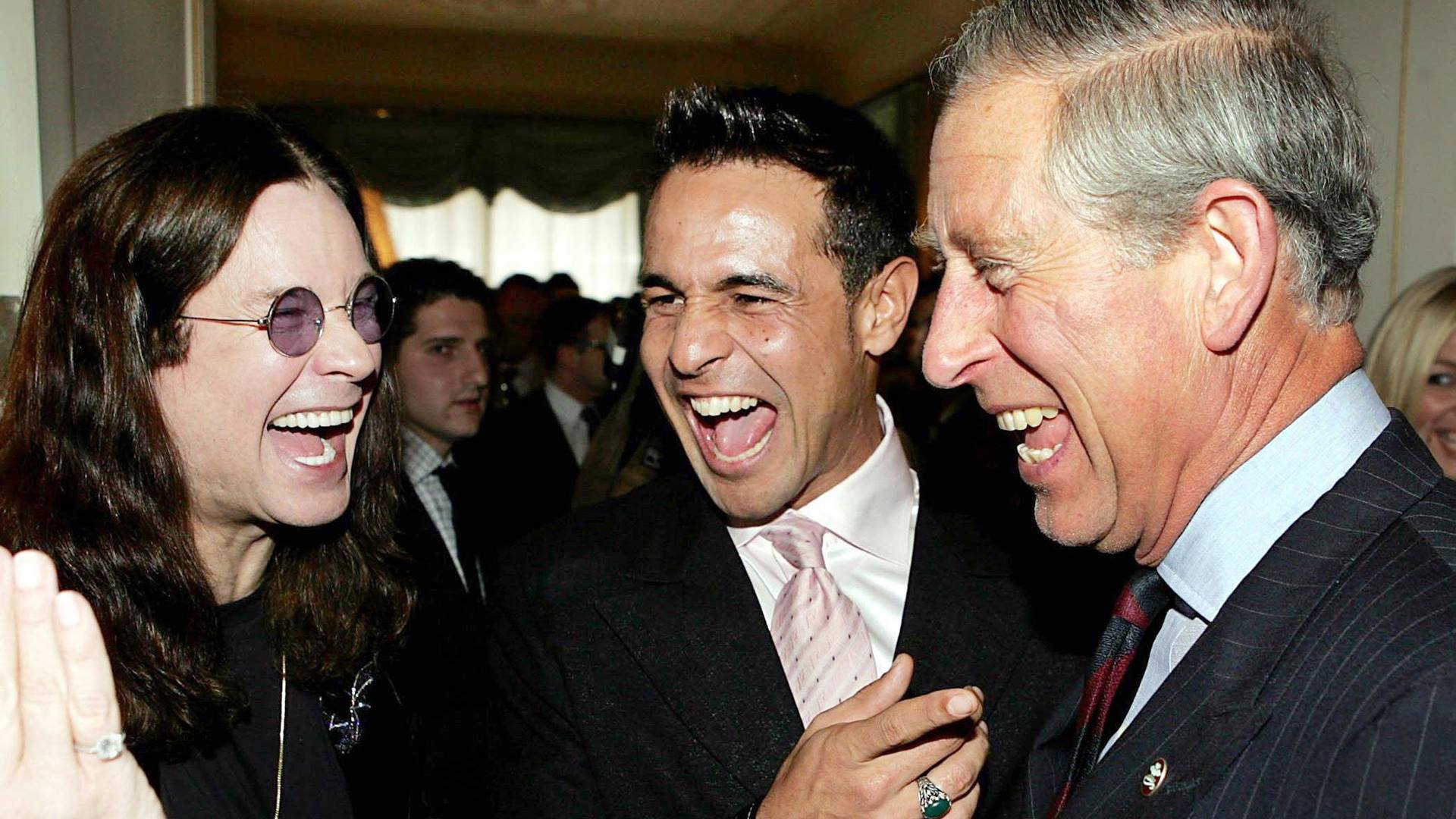Knee problems can be caused by sprains, trauma, and natural wear.
The knee is formed by the meeting of the femur, tibia and patella. The joint of the human body is considered to be essential for performing simple movements, such as lifting, walking and squatting. This is why knee injuries such as sprains, trauma and even natural wear can compromise the vitality of their structures.

“These injuries can be caused by improper movement, falls, blows, autoimmune diseases or obesity. It is very important consult an expert as soon as you feel a symptom, because an ignored pain can turn into something bigger and disabling “, comments Raquel Silvério, physiotherapist and Clinical Director of the Trata Institute, in Guarulhos. Below, the physiotherapist lists some of the most common injuries, check :
1. Anterior cruciate ligament injury (anterior cruciate ligament)
When the ACL is torn, there is a high chance that surgery is needed, depending on the tear and the activity level in person. This injury can be caused by a quick change of direction, sudden stop of movement, or a blow. As for the treatment, the most suitable is a physiotherapy program to promote the recovery of strength and movement, both in conservative treatment and in post-surgical treatment.
2. Rupture of the PCL (posterior cruciate ligament)
This type of trauma is more associated with larger factors, such as traffic accidents, but can also occur during sports with more contact. In more advanced stages, this injury can cause knee pain and effusion. Treatment of this injury can be surgical or conservative and can be done with physiotherapy and muscle strengthening.

3. Patellar luxation
The patella is the bone that lies in front of the knee and the injury can occur directly, from a blow, or indirectly from a knee sprain, and also from an anatomical condition of the patient. Treatment of a dislocation begins with putting the bone back in place and temporarily immobilizing it together Physiotherapy.
4. Osteoarthritis
It is completely normal for knee cartilage to wear out over time, as they support a large amount of weight. In most cases, the patient has this knee complication, but without the presence of associated pain. osteoarthritis There is no cure, but treatments help reduce pain and maintain movement. Treatment ranges from medications, therapies, infiltrations and surgical procedures.
5. Patellar tendinitis
It is a patellar tendon injury that, in most cases, is involved in sports that require sudden jumps and decelerations, such as athletics and football. Usually the lesion affects the extensor mechanism of the knee, compromising, in addition to the tendon, also the muscular part.
Raquel Silverio
Physiotherapist (Crefito: 116746-F) and Clinical Director of the Trata Institute, Guarulhos Unit. He has a major in musculoskeletal physiotherapy at Santa Casa de São Paulo, in addition to training in orthopedic manual therapy in the concepts of Maitland, Mulligan and Mckenzie and a strong experience in spinal treatments.
By Luana Farias
Source: Terra
Benjamin Smith is a fashion journalist and author at Gossipify, known for his coverage of the latest fashion trends and industry insights. He writes about clothing, shoes, accessories, and runway shows, providing in-depth analysis and unique perspectives. He’s respected for his ability to spot emerging designers and trends, and for providing practical fashion advice to readers.








